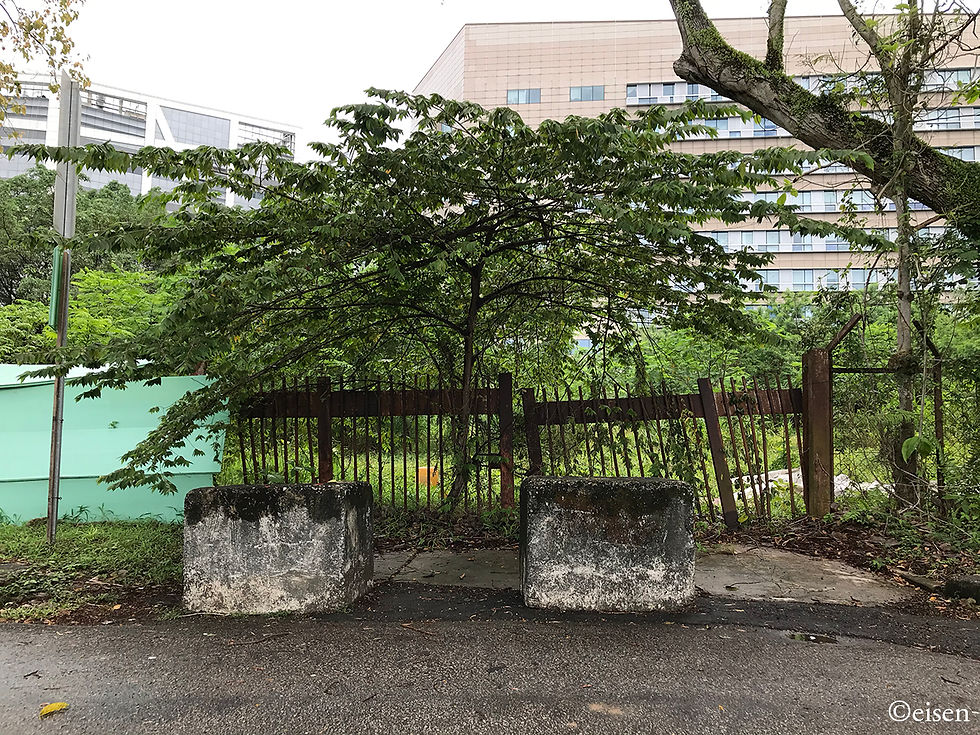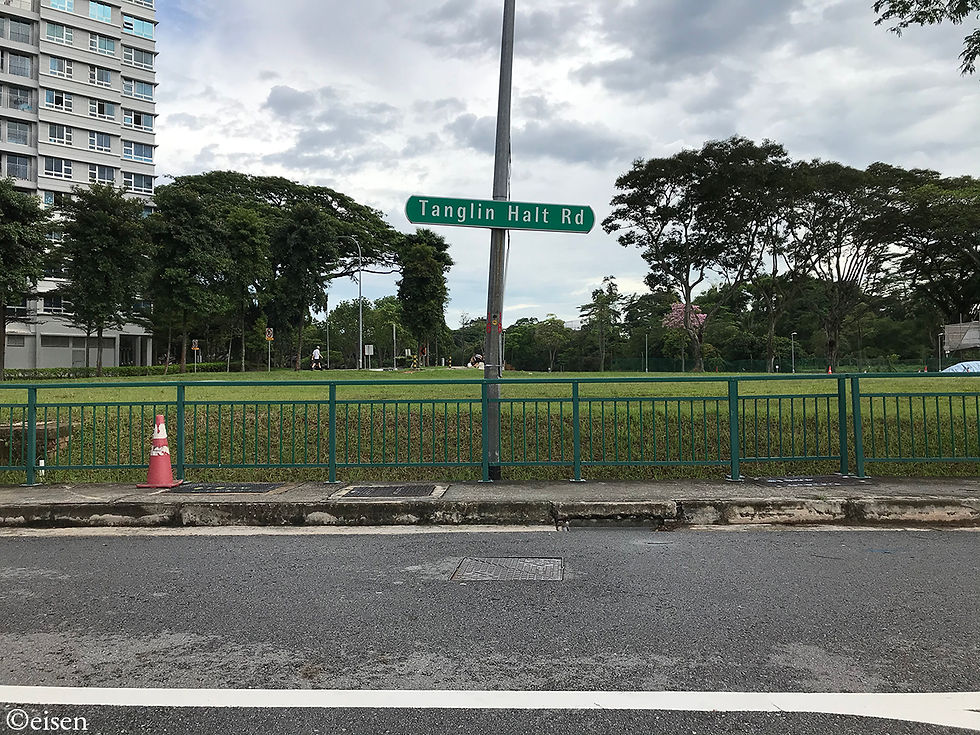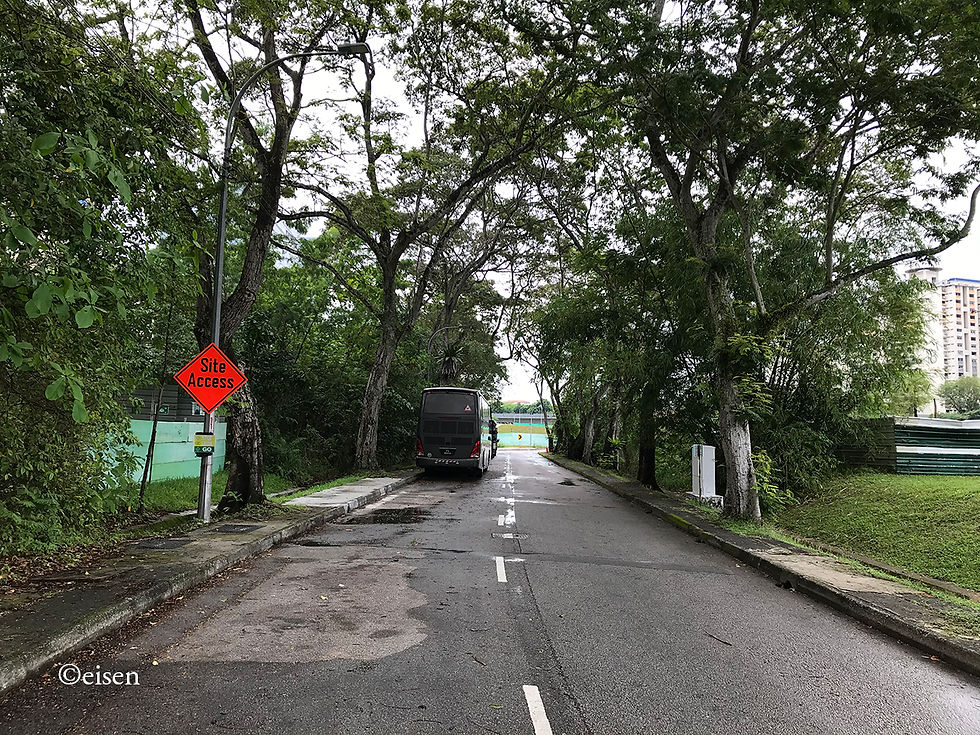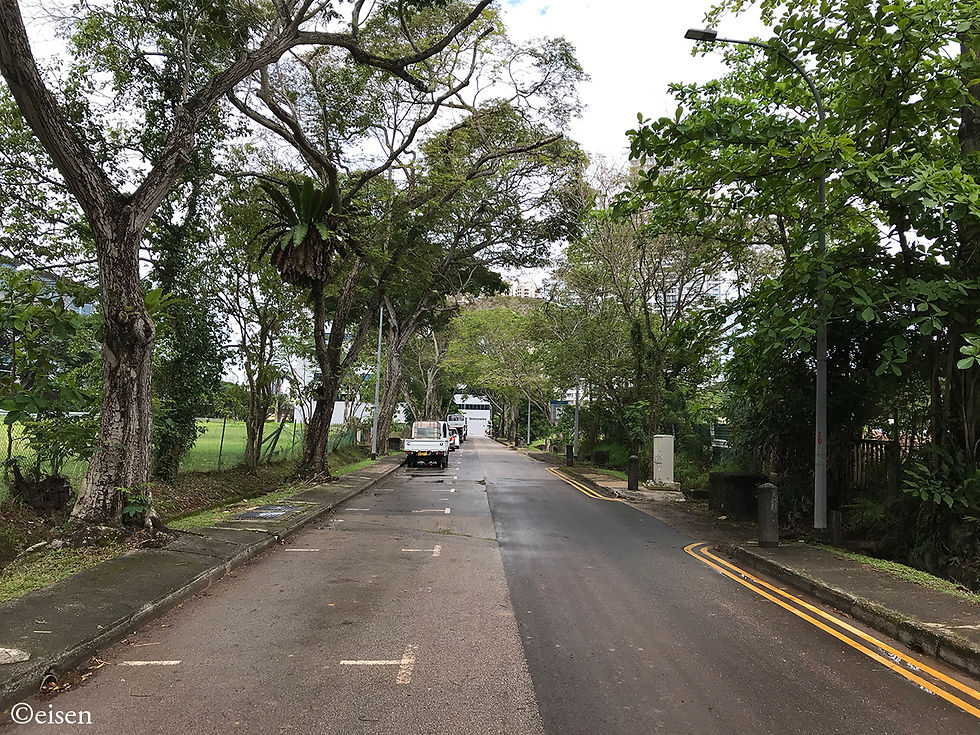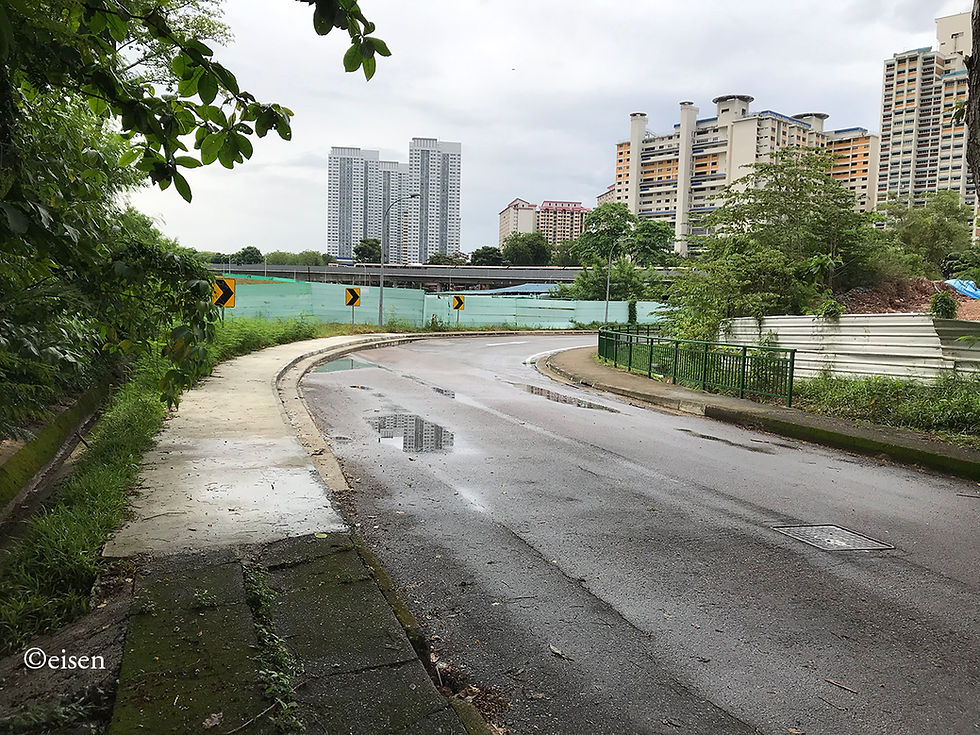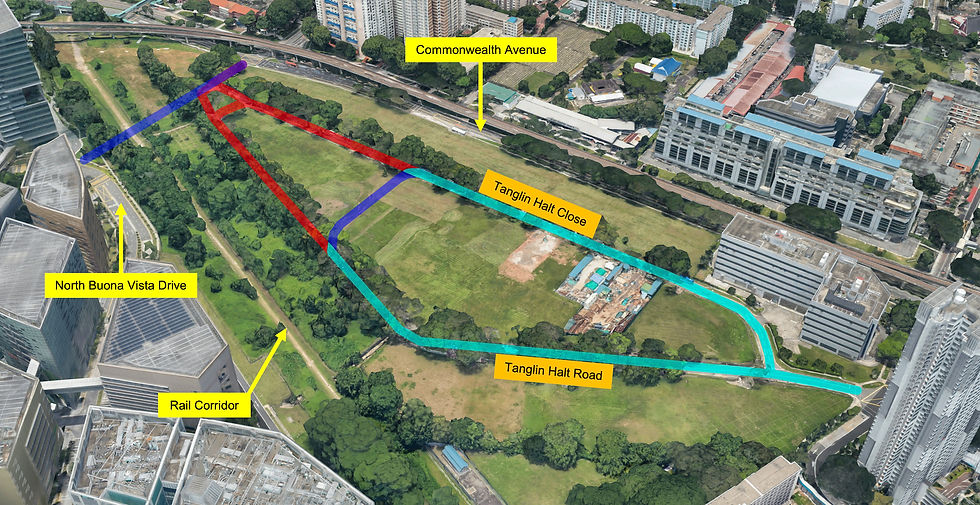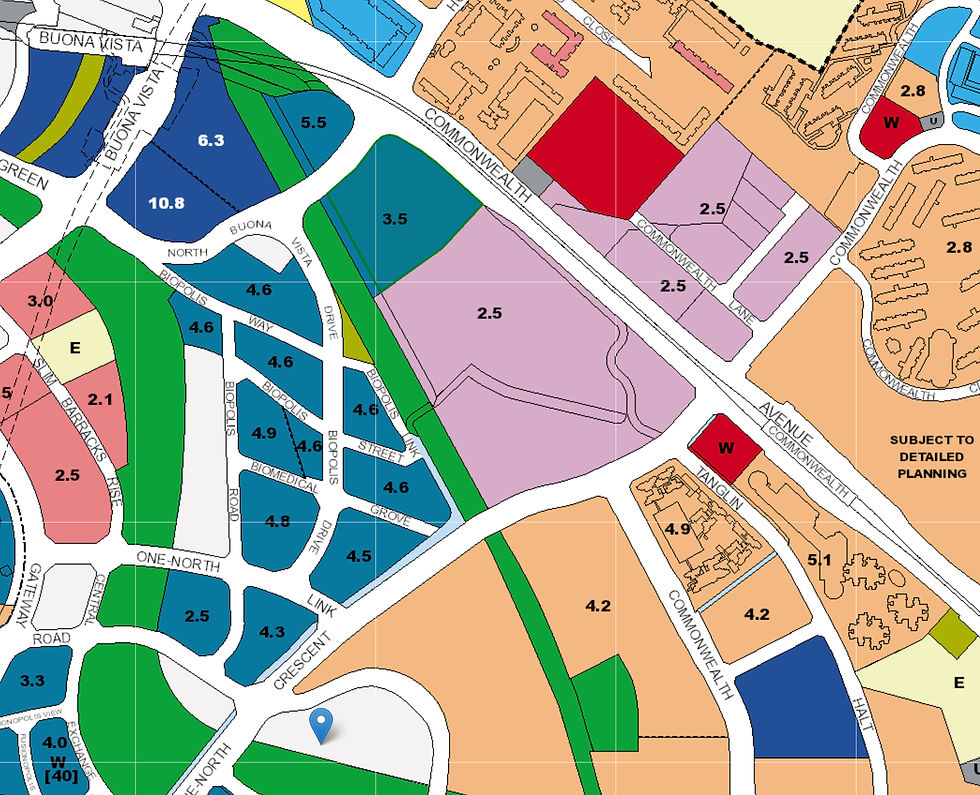- Apr 18, 2021
When the North-South Corridor - originally conceptualised as the North-South Expressway - is completed in 2026 as Singapore’s 11th expressway, it will greatly improve connectivity along the entire breadth of Singapore Island.
The 21-km, $8 billion corridor will connect the towns of Woodlands, Sembawang, Yishun, Ang Mo Kio, Bishan, and Toa Payoh to the Central Business District, relieving heavy traffic on the frequently-jammed Central Expressway.
Singapore’s costliest expressway yet will also be the first to contain dedicated bus and cycling lanes, a boon for the city-state’s attempts to go “car-lite”. The corridor can be a model for present and future expressways to better accommodate viable alternatives to cars.
However, in an increasingly crowded, built-up urban environment, planning and constructing such a corridor while minimising the impact on said environment is no mean feat.
Hence, it is unfortunate that a handful of property owners suddenly had their precious assets acquired, because of the corridor:
A four-storey building in Thomson Road will be demolished to allow excavation for an upcoming North-South Corridor tunnel just metres away to begin safely.
The authorities found that the building was not strong enough to withstand the work.
Consequently, the 57-year-old mixed-use building at 68 to 74 Thomson Road and the 776 sq m plot of freehold land it sits on were acquired by the Singapore Land Authority (SLA) for demolition.

The owners of its 12 residential units and four commercial units on the ground floor will have to return them to SLA by the end of July.
The building, which previously housed shops such as a Tanjong Rhu Pau outlet and the Animal Infirmary veterinary clinic, will be demolished by the end of this year.
Of its 16 units, 14 had been leased out to tenants.
The owners will be compensated based on the market value at the time of the acquisition.
SLA and the Land Transport Authority (LTA) said they will work closely with the owners and assist them through the acquisition process. The value of each unit may differ and the appraisal work will be outsourced to private valuers...
In a joint statement, SLA, LTA and the Building and Construction Authority (BCA) said the building’s foundation required strengthening, but its concrete was not strong enough to allow this...
68-74 Thomson Road was built in 1964. This was the four-storey building in 2009.

The building in 2019:

And last year, after construction works on the corridor had begun.

Property in Singapore is worth its weight in gold, so I can imagine the affected property owners to be quite bitter about this. The knowledge that their properties will be making way for a billion-dollar infrastructural project that will improve nationwide connectivity on a grand scale will be cold comfort to them.
In recent times, the authorities are getting better at planning large-scale infrastructure projects such as MRT lines and expressways, such that as few people are personally affected as possible. But there will always be the few who are inconvenienced.
A reminder that when it comes to transport infrastructure, there is always a trade-off between the greater good and private interests.











